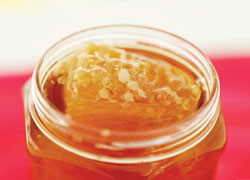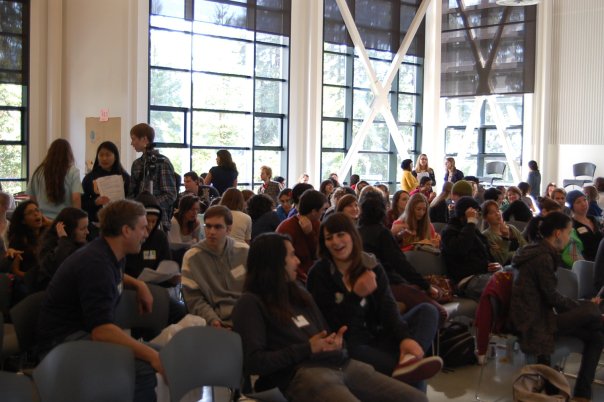Patagonia, manufacturer of outdoor clothing and gear, donates 1% of all sales to environmental groups, $31 million so far. Patagonia uses only organic cotton–significant because cotton is one of the most pesticide intensive products sold. It also uses wind and solar power, adopts green building practices, heats its plants by recirculating hot water, and uses motion detectors to reduce light use. Patagonia works to reduce its manufacturing footprint and makes its supply path transparent on its website. It founded The Conservation Alliance in 1989 to encourage other outdoor companies to support environmental organizations. No wonder that www.betterworldshopper.org voted Patagonia the #2 Best Company on the Planet!
-From The Earth-Friendly Food Chain (p 72)



